

Table of Contents
Opting for the best shipping terms is one important strategy to minimize costs and risks, as well as to deliver the goods on time in international trade. Because regulations, technologies, and global market dynamics continue to change, it is advisable that importers and exporters should be updated on the latest and most proper shipping terms that would best fit 2024. We present to you, in this article, some of the best shipping terms for 2024 to make the right choice for your business.

What is Forwarder?
A forwarder, commonly referred to as a freight forwarder, is any professional intermediary in the process of moving goods on behalf of shippers. As a vital link between the shipper and several transportation services, the forwarder organizes the effective movement of goods from their origin to their destination. They are engaged in a number of activities ranging from reserving cargo space to preparing shipping documents and communicating with carriers.
Because forwarders have knowledge regarding international shipping regulations and customs requirements, they manage shipments in such a way that the shipments also meet the legal standards and arrive at their destinations with the minimum possible delays. Quite often, they have to negotiate the rates with carriers to obtain the best possible deals for the clients, thereby adding value to the supply chain management process.
By undertaking the expertise, the forwarders uncomplicate the shipping process for a business to focus on the main operations. Be it air, sea, or land transportation, they are very vital in ensuring timely and cost-effective delivery of goods globally.
What is Carrier?
Topshipping Company welcome you,, your leading international forwarder specializing in shipping goods from China with considerable experience in offering a variety of good and efficient transportation options. We are a reliable carrier, a China sourcing agent ; and we undertake the logistics of moving your products through sea, air, road, and rail. Whether it be massive shipments or time-sensitive shipments, we undertake the movement of your shipment with due care and ensure that they arrive at their place of receipt in one piece and on time.We do not just stop at the movement of goods from one place to another. Other than being your sourcing agent in China, we provide cargo tracking and warehousing facilities to make it more convenient for the companies to operate their supply chains. Focusing on reliability and efficiency, we play an important role in supporting companies toward meeting customer demands by delivering on time.
What is Consignee?
The consignee is the person or company that goods are shipped to. They are the recipient of the cargo, which means they have to take the cargo upon arrival at a destination. In most instances, a consignee is a buyer in a given transaction and is mentioned on the shipping documentation, such as a bill of lading or an airway bill.
These services include clearances of shipment, if any, through customs, duty, and taxes payable, and final delivery of the consignment at appropriate destinations. Quite often, this would involve inspections on arrival to ensure that goods are received in good condition.
What Are Incoterms?
Incoterms (International Commercial Terms) are standardized trade terms used in international and domestic contracts for the sale of goods. Published by the International Chamber of Commerce (ICC), Incoterms define the responsibilities of buyers and sellers in a transaction, such as who pays for shipping, insurance, and customs duties, and where the risk of damage or loss transfers from the seller to the buyer.
There are 11 Incoterms as of the 2020 edition, and they are divided into two groups based on the mode of transport
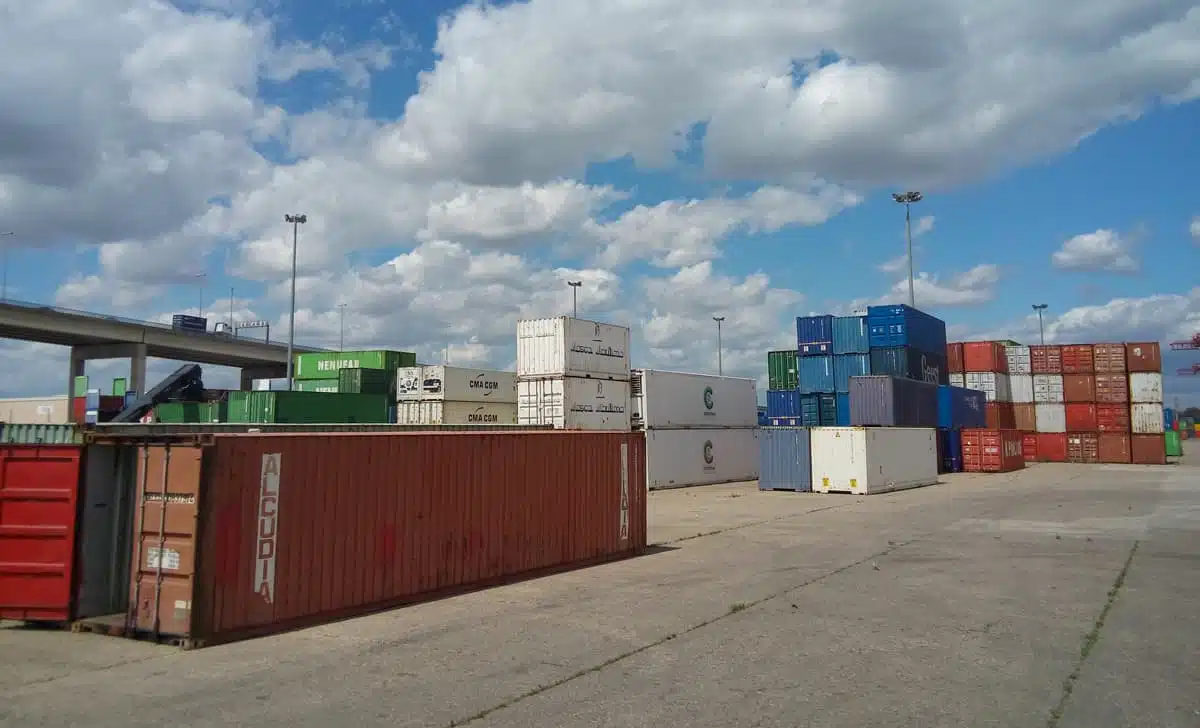
Incoterms for Any Mode of Transport:
1-What is a EXW (Ex Works)?
Ex Works -EXW is an incoterm that explains the responsibility of the seller and buyer in an international trade. The seller, according to EXW, would have fulfilled his obligation if he makes the goods available at his premises or another location after being specified. While the goods are accessible, the buyer assumes all risks and costs, including transportation, loading, and customs clearance. This term is good for the buyer because it allows them to handle the logistics, and on the other side of this transaction, the seller is held to minimal responsibility.
2-What is a FCA (Free Carrier)?
FCA incoterms are also called Free Carrier, and they describe the respective obligations of sellers and buyers in an international shipment of goods. In FCA, the place carrier or another location may be named, including the risk and responsibility of goods that pass on to the buyer. The seller bears all costs and risks of loss until delivery to the carrier, including export clearance. From here, transportation, insurance, and import duties are taken care of by the buyer. FCA can be flexible and could be used in different modes of transportation.
3-What is a CPT (Carriage Paid To)?
CPT incoterm is an abbreviation for Carriage Paid To, referring to the terms in shipment that define the role of a seller and a buyer while carrying the shipment. Under CPT, the seller pays for moving the goods to a particular destination and also undertakes the risk up to delivery to the carrier. Once the goods are handed over, the risk would lie with the buyer, while he pays for insurance and all other costs over and above the agreed delivery point. CPT can be used for any mode of transport. Thus, this would help in easy international trade transactions.
4-What is a CIP (Carriage and Insurance Paid To)?
CIP in incoterm provides the meaning Carriage and Insurance Paid To, which is the rule used by an international seller and buyer when doing business. According to CIP, the seller pays to move the goods to a destination pre-determined by the buyer and also purchases insurance to cover the shipment. In CIP, the sellers bear risk and cost up until the goods are delivered with the carrier. Once delivered, the risk would fall on the buyer, who would bear any additional charges beyond the point of agreed delivery, so CIP is clear as far as managing the risk is concerned.
5-What is a DAP (Delivered at Place)?
DAP incoterm is short for Delivered at Place, which is a kind of incoterm. It represents the seller’s responsibilities in the case of an international shipment. Regarding DAP, it is said that the seller delivers the goods to a pre-named destination by incurring all shipment costs and risks for transportation, export clearance, and import clearance. The responsibility of the seller continues till he makes the goods available for unloading at the agreed location. Once delivered, the risk passes to the buyer, who assumes responsibility for unloading and any further local costs, thus DAP is the more comprehensive option for buyers.
6-What is a DPU (Delivered at Place Unloaded)?
Delivery Duty Unpaid incoterms is an incoterm that describes the obligation of a seller in international shipping. The seller, in this incoterm, is obliged to deliver goods at a particular destination, where they should be unloaded at a specific place. The seller bears all costs and risks up to the unloading of goods to make them ready by the buyer. Once delivered and unloaded, the risk would continue onto the buyer, who will also bear further transportation and local charges. DPU brings clarity and ease in logistics to the buyer’s end.
7-What is a DDP (Delivered Duty Paid)?
DDP is an abbreviation for Delivered Duty Paid , and it is an incoterm that describes what a seller is responsible for in an international shipment. In summary, DDP means the seller pays for all expenditure and assumes all risks involved with the delivery of goods to a location specified by the buyer, including the cost of transportation and insurance to cover the goods, clearing customs, and duties or taxes owed on importation. The seller must clear the goods for import and deliver them ready to the buyer. Once delivered, the risk passes to the buyer, who assumes possession of the goods. DDP, therefore, takes most of the hassle off the buyers’ shoulders by simplifying the process of shipping.


Incoterms for Sea and Inland Waterway Transport:
8-What is a FAS (Free Alongside Ship)?
FAS means Free Alongside Ship , an Incoterm that outlines the responsibility between sellers and buyers for delivery under sea freight. In a simple understanding, FAS states that the obligation of the seller to deliver the goods is accomplished alongside the vessel at the named port of shipment. Until then, the risk and responsibility lie with the buyer, who then takes over all further charges for loading the goods on board the ship, freight, and insurance afterwards. FAS is also much more suitable for bulk cargo. FAS tends to be clearer as far as shipping arrangements go.
9-What is a FOB (Free on Board)?
FOB means Free on Board, which is an incoterm used to denote the responsibilities of the seller and buyer under maritime shipping. As per this, under FOB, the seller is responsible for delivering goods onto the vessel at a nominated port of shipment. Once loading is done, the risk and responsibility shift to the buyer’s corner, after which he bears all costs, including freight and insurance. This structure allows purchasers control of shipping logistics, but it keeps it clear when ownership and risk are passed throughout transport.
10-What is a CFR (Cost and Freight)?
Cost and Freight CFR is an incoterm that refers to the responsibility a seller and buyer have in respect of maritime shipment. According to CFR incoterms , it states that the seller pays for moving the goods to the called port of destination and also pays the freight charges. Under this, however, the risk of damage passes to the buyer the moment the goods boarded the vessel. This price means that the buyer has to pay for insurance and other charges after shipment. The CFR is normally applied in sending bulk cargo, as shipping arrangements are clearly defined in this.
11-What is a CIF (Cost, Insurance, and Freight)?
CIF, cost, insurance and freight , describes an incoterm that ascertains what is required of a seller and a buyer in a maritime shipment. A seller, under obligation from a CIF, has to pay for all costs arising from bringing the goods to the buyer’s destination port, which includes freight. However, the same is obliged to insure them against loss or damage during transit. Under the previous arrangement, the risk of loss or damage to goods passed to the buyer once the goods were delivered on board the ship. This agreement has provided buyers added security through insurance and clarity as far as shipping responsibilities are concerned; hence, CIF is preferred in international trade.
What’s the best Incoterm when importing from China?
Which Incoterm will be best to use from China imports depends on your needs and experience in international trade. The majority of importers would prefer CIF, which is an abbreviation for Cost, Insurance, and Freight, because the shipping cost and insurance are included, hence offering more security in case anything goes wrong with the shipment. This will also reduce logistical stress on you since most of the shipping from China falls on the seller.
On the other hand, DDP will be ideal for those who need to have a hassle-free experience. The seller pays for everything in duties and customs clearance to deliver the goods at your doorstep. On the other hand, FOB allows you to have full control over shipping and logistics by managing freight arrangements when the goods are loaded onto the vessel. Lastly, consider logistics and risk comfortability in choosing the right Incoterm to use.
For expert handling of your shipment from China, consider Topshipping. It has custom-made solutions based on your needs, whether your Incoterm is CIF, DDP, or FOB.
Final Takeway
The best Incoterm to be used for importation from China depends on your control, cost, and risk management. Yes, popular options like FOB and CIF give room for preference depending on whether you will want to handle the shipping yourself or have it done by the seller right up to the destination port. Your decision on this will be guided by your business needs and your international logistics experience so that the importation process can be much smoother and efficient.
Speaking of a reliable partner for shipping from China, one would feel proud to recommend Topshipping. Equipped with handling various Incoterms, Topshipping has ensured that merchandise moves at an incredible speed whether one uses FOB, CIF, or any other Incoterm. Let Topshipping take away the headache with your shipping requirements and provide you with customized solutions in view of a frictionless import experience.

TopShipping
With years of experience in logistics and freight forwarding, the author is passionate about making shipping smoother and more efficient.
As a leader at TopShipping, they’ve developed a deep understanding of supply chain management, international shipping rules, and creative logistics solutions. They’re driven by a desire to help businesses succeed by delivering reliable, customer-focused services.
Over the years, they’ve also shared their expertise by writing for various industry publications, offering practical tips and insights on the latest trends in logistics. Thanks to their leadership, TopShipping has become a trusted name for companies looking for hassle-free global freight solutions.
Comment Section
Comment
Write your idea about "What is the best shipping terms in 2025?"


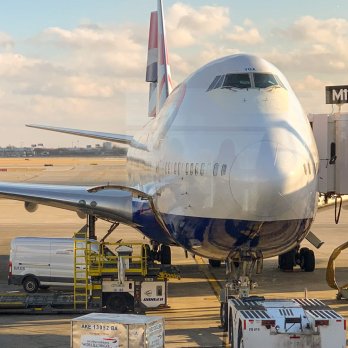

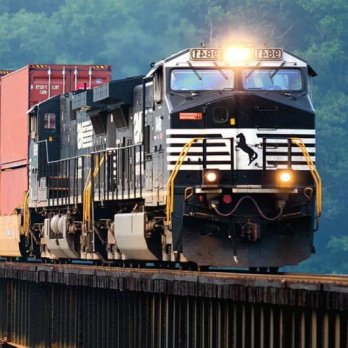
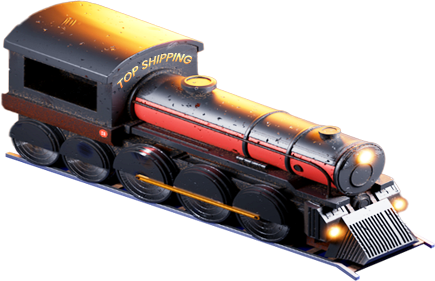
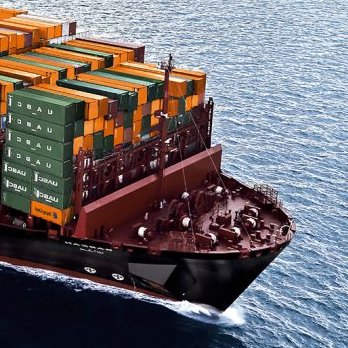
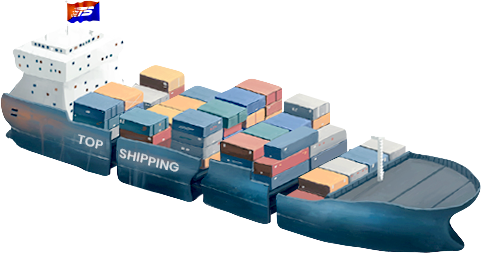
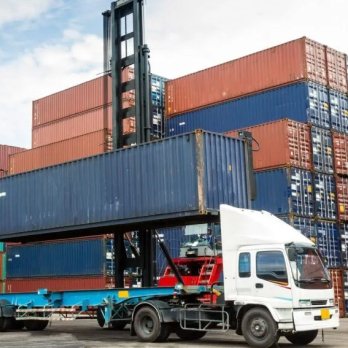
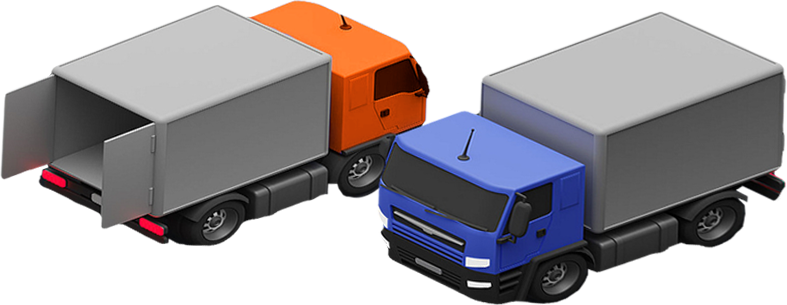
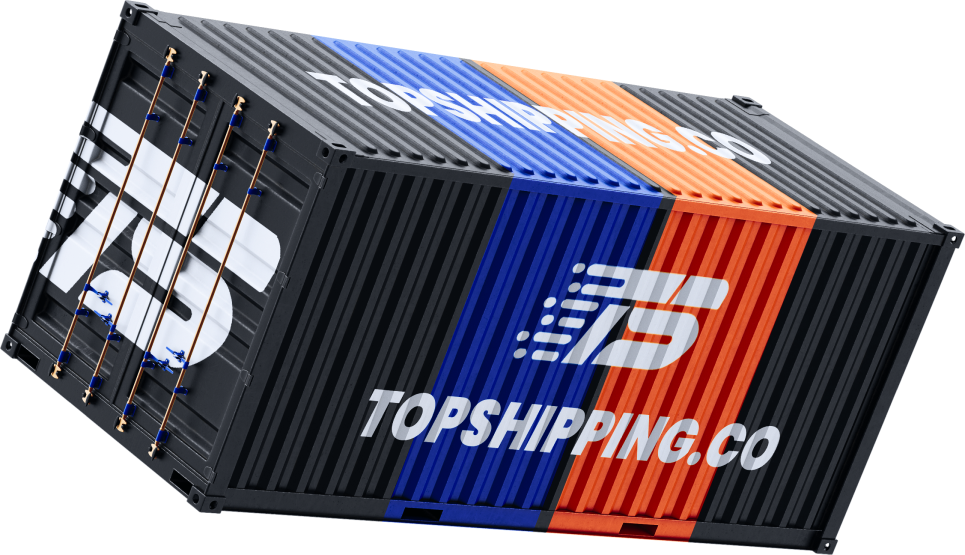





No comments yet.